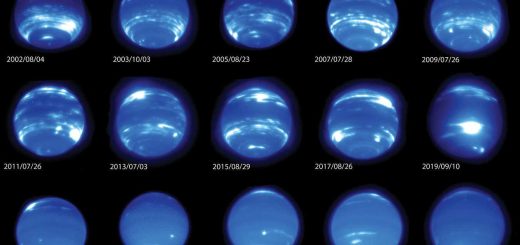How to see the Draconid meteor shower peak tonight
The Draconid meteor shower is happening between 6 and 10 October, peaking on 9 October, and you should be able to see it if you are in the northern hemisphere
By Abigail Beall
9 October 2023
A meteor seen from Northumberland, UK, during the Draconid display in 2021
PA Images/Alamy
This year, the Draconid meteor shower is happening between 6 and 10 October, with its peak expected on 9 October. The Draconids are one of the less active meteor showers and are only visible from the northern hemisphere. If you are in the right area, it is still worth looking because there will be little moonlight around the time of the peak, thanks to the moon being in its last quarter, so if you have dark and clear skies you can expect to see about 10 meteors per hour.
What are meteor showers?
Meteors are flashes of light caused by debris from space crashing into our atmosphere. Showers of them happen when Earth passes through clouds of material left in the wake of comets. These tiny grains of dust or rock enter the atmosphere at such high speeds that the friction between them and the air makes them burn up, producing a flash across the sky. Most of the pieces of debris that cause meteors are about the size of a grain of rice.
Read more
Asteroid hit by NASA spacecraft is behaving unexpectedly
Advertisement
The Draconids are caused by the debris left by comet 21P/Giacobini-Zinner, which takes around 6.5 years to orbit the sun and last passed by Earth in 2018. Because the meteors come from this comet, the display is also known as the Giacobinids.
How can I watch the Draconids?
As with any meteor shower, you don’t need to pinpoint its source to see it. The meteors will fly across the sky in all directions, but this one is named after the constellation it radiates from: Draco.
The best way to watch is to pick an evening with no cloud and go somewhere away from light pollution, with the optimum time usually just after midnight. Lie or sit back and watch the sky, waiting for flashes of light to streak across it. You will know if you see a meteor because they move across the sky in a matter of seconds.


